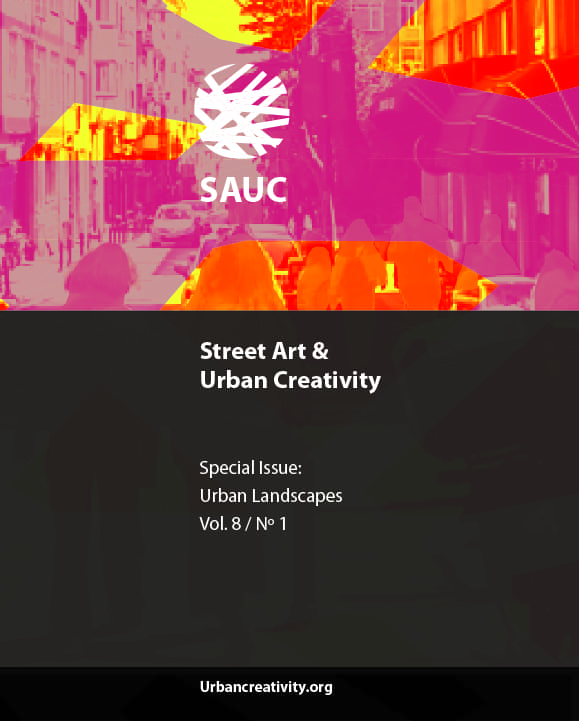From Mistletoe to Anthroposophical Architecture: Medicinal Plants Gardens
DOI:
https://doi.org/10.25765/sauc.v8i1.581Keywords:
anthroposophy; holistic approach; design and nature; medicinal plant gardenAbstract
This article focuses on the Austrian philosopher, social reformer, and architect Rudolf Steiner’s approach to design, architecture, and nature through its anthroposophical thinking about life developed in the 1920s and its reflections on urban space. The article aims to establish a new relationship between art, design, architecture, and landscape, based on Steiner's approach to life, and to fill the gap in how to look at our artificially constructed environment, especially in urbanized areas. As a medicinal plant, mistletoe is one of the parasitic plants that points to the interplay that Steiner observed throughout life. In this article, the concept of "from mistletoe to architecture" is evaluated as a metaphor and represents the view through the holistic relationship established between architecture, nature, and landscape. From the architectural point of view of mistletoe, the bond between them is understood with a holistic approach in which different disciplines, knowledge, interaction, and living together with plants are intertwined in modern urban spaces. Therefore, how can architecture, landscape architecture, and design practices integrate living and being in today's world? Deriving from this, the article evaluates the close relationship between human beings and plants through the medicinal plant gardens in Istanbul and especially the Zeytinburnu Medicinal Plants Garden.
Downloads
Global Statistics ℹ️
|
224
Views
|
71
Downloads
|
|
295
Total
|
|
Downloads
Published
How to Cite
Issue
Section
License
Those authors who publish in this journal accept the following terms:
-
Authors retain copyright.
-
Authors transfer to the journal the right of first publication. The journal also owns the publishing rights.
-
All published contents are governed by an Attribution-NoDerivatives 4.0 International License.
Access the informative version and legal text of the license. By virtue of this, third parties are allowed to use what is published as long as they mention the authorship of the work and the first publication in this journal. If you transform the material, you may not distribute the modified work. -
Authors may make other independent and additional contractual arrangements for non-exclusive distribution of the version of the article published in this journal (e.g., inclusion in an institutional repository or publication in a book) as long as they clearly indicate that the work was first published in this journal.
- Authors are allowed and recommended to publish their work on the Internet (for example on institutional and personal websites), following the publication of, and referencing the journal, as this could lead to constructive exchanges and a more extensive and quick circulation of published works (see The Effect of Open Access).













